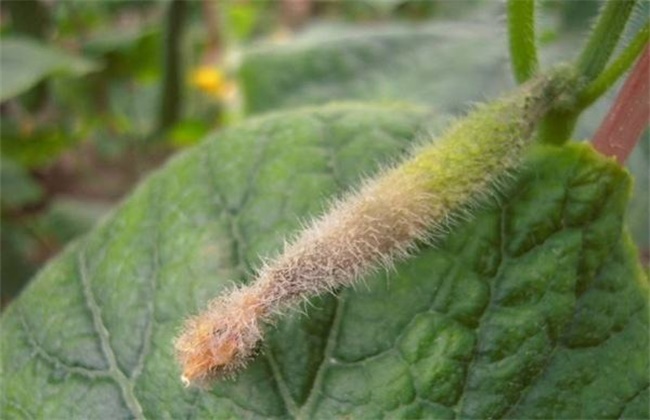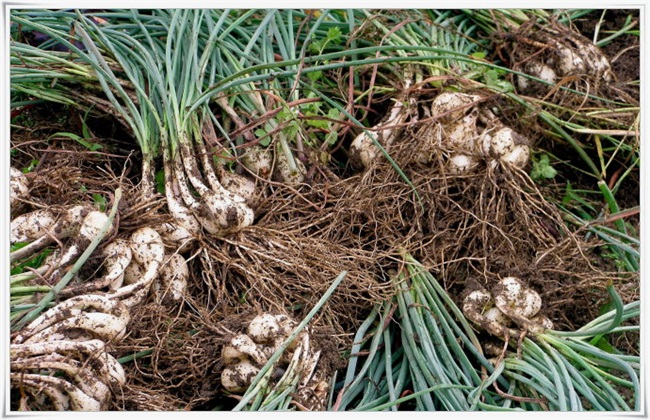Cultivation techniques of cucumber in Holland
Dutch cucumber is the main greenhouse cultivated variety, especially the Dutch cucumber can bear fruit without pollination and fertilization, but the seed development is not complete, it is a female cucumber. The main advantage of cucumber is that it bears more melons and is dense. It is easier to have a high yield. At present, Dutch cucumbers are widely planted in China. The content of specific cultivation techniques is what growers are concerned about, so let's make a brief introduction.
I. selection of land and land preparation
It is best to find a piece of gentle slope land close to the water source and convenient for the road, and try not to plant it in the rice field. The water level is too low and it is easy to accumulate water after rain. The soil had better be neutral soil, deep fertilizer conservation, loose ventilation is the best planting soil, straw pile can be added to make fertilizer and increase the content of soil humus. The field should be ploughed about 30 centimeters, fine soil should be ploughed and raked flat, and drains of 20 centimeters should be dug around.
2. Sowing and raising seedlings
The price of seeds is expensive, so it is best to sow seeds on seedling trays and raise seedlings accurately. Use vermiculite or sand as well as peat and peat to form a culture medium or nutritious soil. Sow one seed in one hole and two in the smaller one. After covering, water once or twice a day, depending on the moisture content. Raise seedlings in the greenhouse and maintain 24 to 26 degrees. After emergence, it can drop by one degree during the day and above 15 degrees and below 18 degrees at night.
III. Colonization
The land should be planted on a ridge, which is 30 cm wide and determined by long topography. The middle trench is 40 cm wide and 10 cm deep, and the line spacing can be adjusted. The distance between the planting plants is 25 cm. Planting should be carried out when 4 true leaves are grown. After planting, the seedlings should be slowly watered and applied light fertilizer and water to maintain moisture and restore normal growth. After slow seedlings, fertilizer and water should be gradually increased.
IV. Planting management
After the slow seedling, it is necessary to increase the amount of fertilizer and water to ensure the rapid growth of the plant, apply 20 jin of urea per mu at a time, once a week, and spray 0.2% potassium dihydrogen phosphate during the result period. Within a week of planting, the heat preservation was 25 to 30 degrees during the day and 18 to 20 degrees at night, and decreased by 2 to 3 degrees after slow seedling. To prevent strong light, insert a frame when it grows to 50 centimeters. Planting in the greenhouse can increase production by increasing carbon dioxide.
Dutch cucumber has the habit of bearing fruit without fertilization, cultivation management can not focus on the management of flowering, mainly the key points of planting and fertilizer and water management during the fruiting period.
Related
- Where is it suitable to grow horseradish in China? it is expected to see the middle altitude horseradish in Alishan.
- How to prevent tomato virus disease reasonably? (Control methods included)
- Many people like to plant towel gourd on the balcony. What are the main points of this method and management?
- What crops can chili peppers be mixed with?
- Fertilization techniques and matters needing attention in Tomato
- What are the grafting techniques for peach seedlings in spring?
- Harm and control methods of root swelling disease of Chinese cabbage
- What are the pests of sweet potatoes? How to prevent and cure it?
- Symptoms, causes and Control methods of navel Rot in Tomato
- The cause of "Cucumber rotten bibcock" in Farmers' planting Cucumber and its Control Plan



